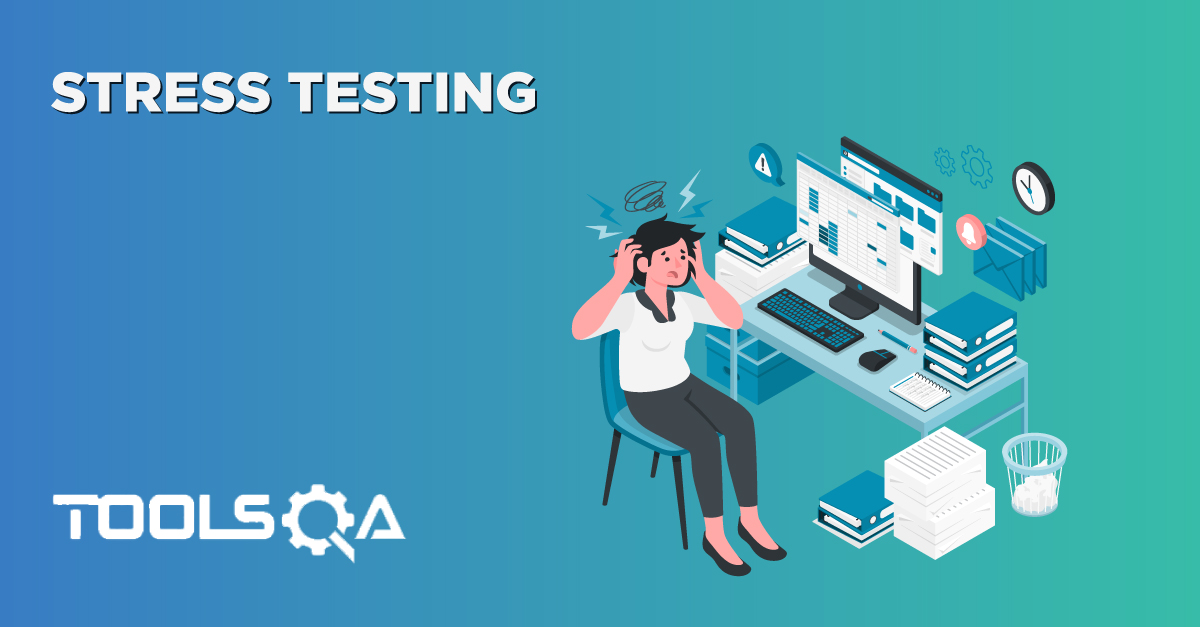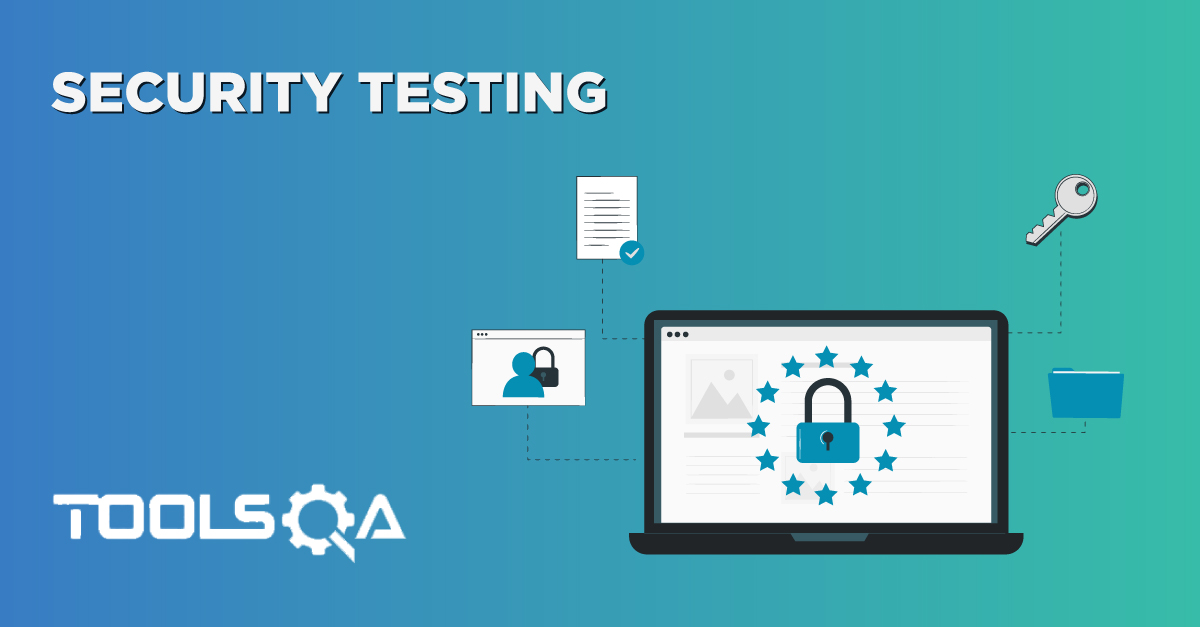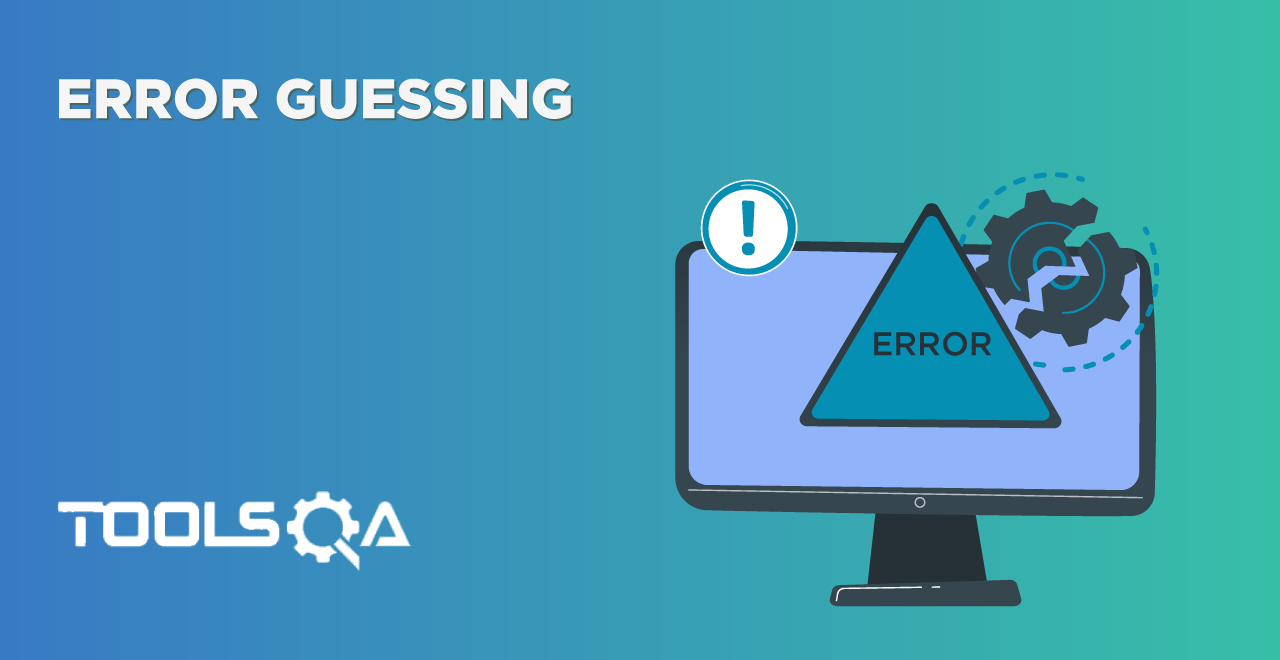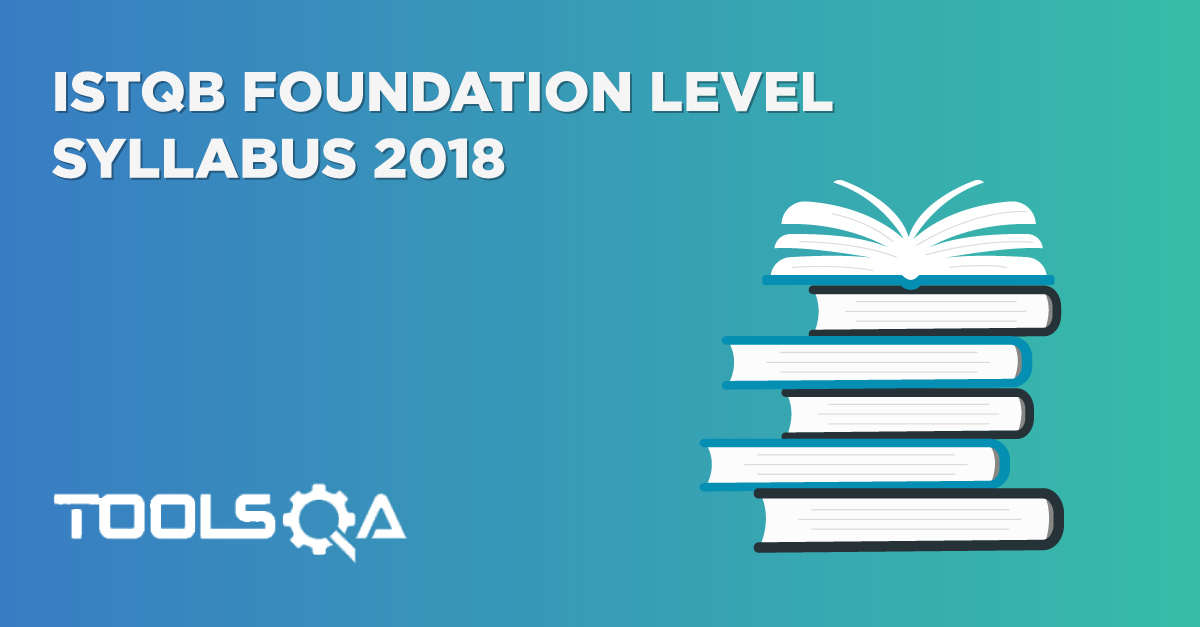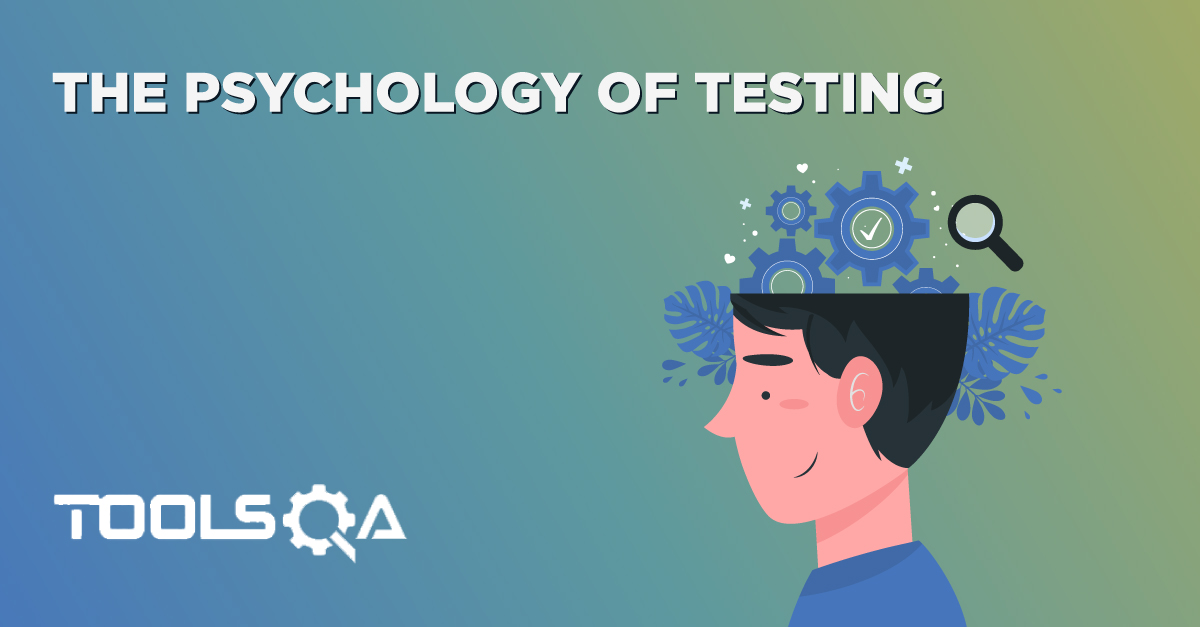What is Usability Testing?
A system may be built 100% in accordance with the specifications. Even then it may be rendered ‘unusable’ when it lands in the hands of the end-users. Usability testing is a technique used in to evaluate a product by testing it on users. This gives direct input on how real users use the system. This is in contrast where experts use different methods to evaluate a user interface without involving users. Usability testing involves systematic observation under controlled conditions to determine how well people can use the product.
ISTQB’s Definition : Testing to determine the extent to which the software product is understood, easy to learn, easy to operate and attractive to the users under specified conditions.
Usability Testing is a method by which users of a product are asked to perform certain tasks in an effort to measure the products ease-of-use, task time, and the user's perception of the experience. This is a type of Non-Functional Testing:
Usability Testing tests the following features of the software:
- The easiness to use the software.
- The easiness to learn the software.
- How convenient is the software to end user.
Methods of Usability Testing
Hallway Testing: It is a quick and cheap method of usability testing in which randomly-selected people — e.g., people passing by in the hallway — are asked to try using the product or service.
Laboratory Usability Testing: This involves carefully creating a scenario, or realistic situation, wherein the persons perform a list of tasks using the product being tested. The observers remain silent and take notes. The aim is to observe how people function in a realistic manner, so that developers can see problem areas, and what people like. In this testing, both observers and testers are present in same physical location.
Remote Usability Testing: Under this testing observers and testers are remotely located. Users access the System Under Test, remotely and perform tasks assigned to them. Observers analyze this data and report the findings of the test.
Advantages of Usability Testing
- It helps gather true feedback from the target audience who actually use the system during the usability test. There is no need to rely on opinions from random people.
- If planned properly, usability testing can be very economical, highly effective and beneficial.
- The usability test can help in fixing all the problems that the user may face even before the system is finally released to the user. This may result in better performance and a standard system.
- Usability testing can help in discovering potential bugs and potholes in the system which generally are not visible to developers and even escape the other type of testing.
- Internal debates can be resolved by testing the issue to see how users react to the different options being discussed.
Disadvantages of Usability Testing
- Cost is a major consideration in usability testing. It takes lots of resources to set up a Usability Test Lab. Recruiting and management of usability testers can also be expensive.
- However, these costs can easily be recovered in the form of higher customer satisfaction, retention, and repeat business. Usability testing is therefore highly recommended.
